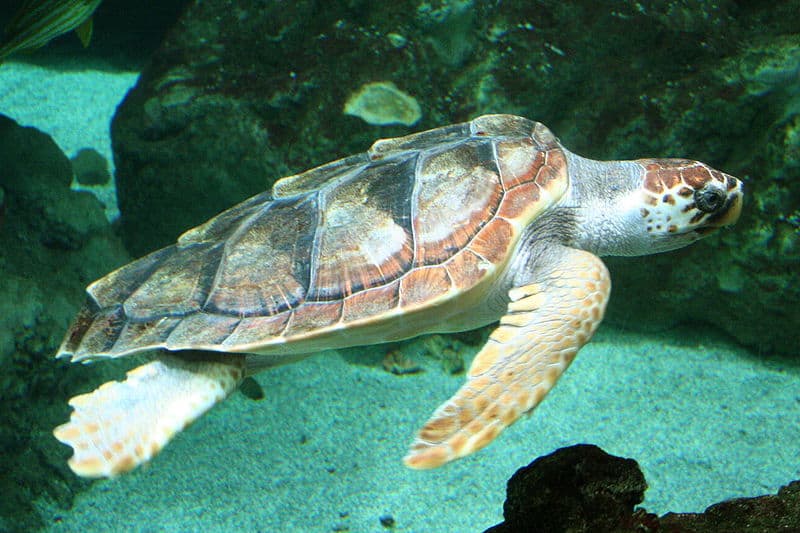
Loggerhead Sea Turtle Facts
- Most notably, the magnificent Loggerhead Sea Turtle remains the largest hard-shelled turtle. Further, only the Leatherback Sea Turtle, which lacks a hard shell, exceeds it in terms of sheer size.
- For the moment, the IUCN currently lists the impressive species as Vulnerable. Quite unfortunately, the amazing reptile faces now serious threats to its continued existence, however.
- Its greatest threats include climate change and disturbance of nesting habitats. Fortunately, most population groups now have protection under the law, due to the Endangered Species Act of 1973.
- Once, it was hunted extensively, both for its own meat, and its eggs, as well. Fortunately, however, various legislation has succeeded in greatly reducing this practice in most parts of its range.
Related Articles
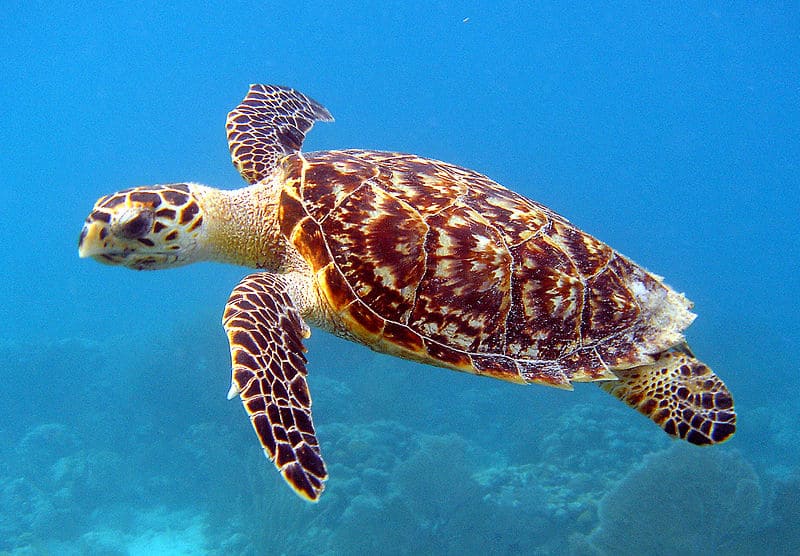
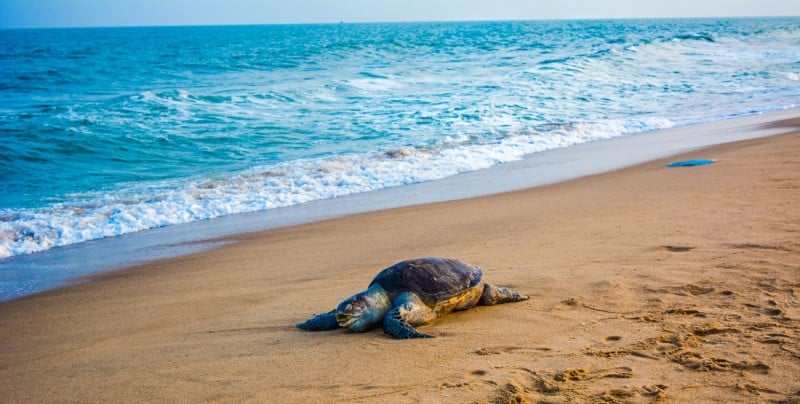
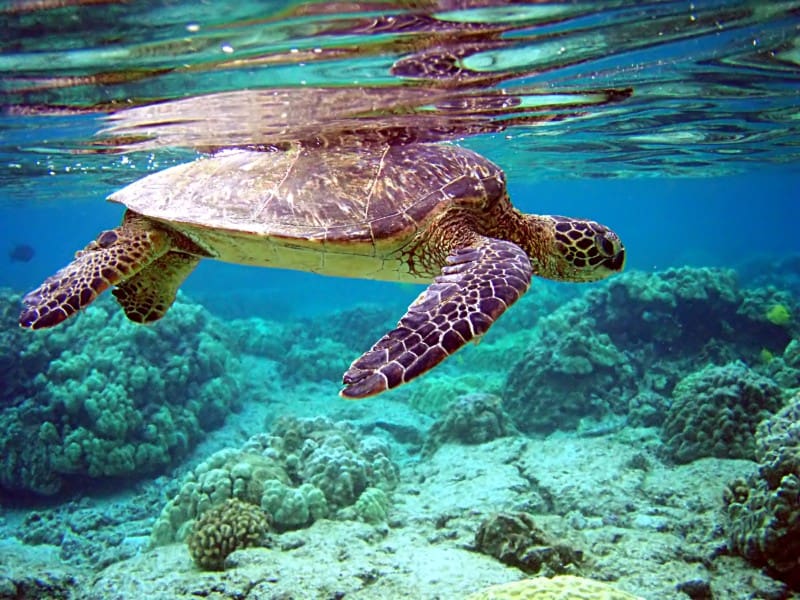
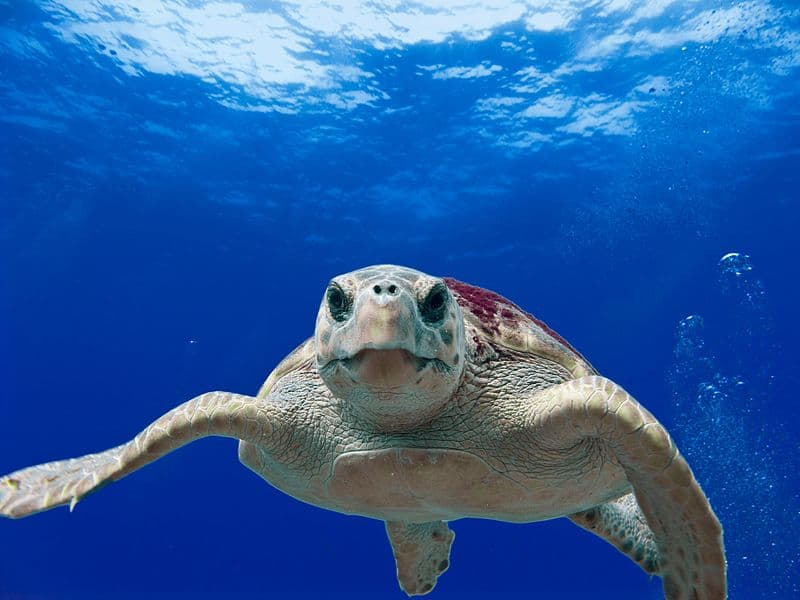
Loggerhead Sea Turtle Physical Description
Firstly, the remarkable Loggerhead Sea Turtle remains a physically impressive specimen. It does display a small degree of sexual dimorphism, however. But, this appears only in adults, with males having longer tails and claws.
Therefore, both genders attain an average carapace length of between 28 – 37 in (70 – 95 cm). In addition, an average weight for this mighty reptile equals roughly 298 lb (135 kg). Yet, exceptional specimens can exceed 440 lb (200 kg) in weight.
But, its color scheme can vary significantly between individuals. Typically, however, the upper shell ranges in color from patchy reddish-brown to yellow-orange. Meanwhile, the lower shell usually shows a very pale yellow.
- Kingdom: Animalia
- Phylum: Chordata
- Class: Reptilia
- Order: Testudines
- Family: Cheloniidae
- Genus: Caretta
- Species: C. caretta
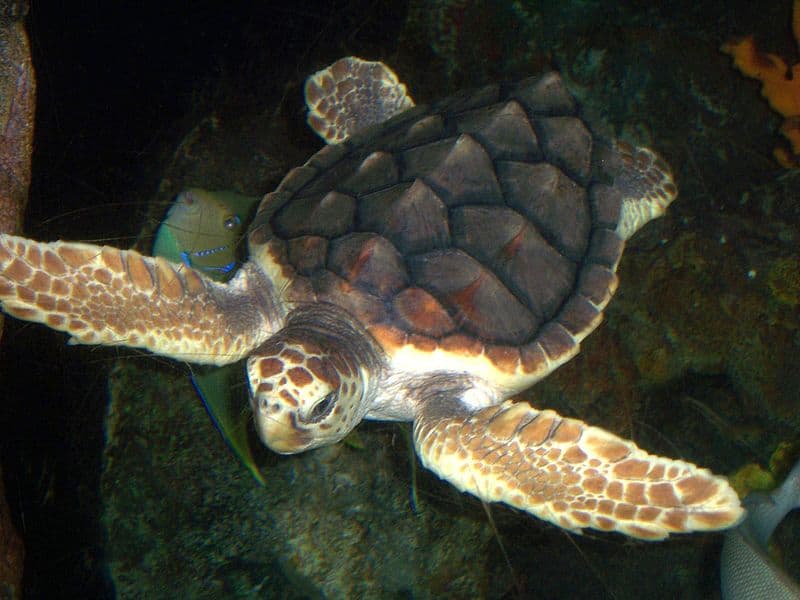
Loggerhead Sea Turtle Distribution, Habitat, and Ecology
First of all, the stunning Loggerhead Sea Turtle has a truly cosmopolitan distribution. That’s because it inhabits the Mediterranean Sea, and the Pacific, Indian, and Atlantic Oceans. Further, this is the greatest range of any sea turtle.
In addition, it typically lives in either shallow coastal waters or the open ocean areas. In fact, it rarely comes onto land. The exception to this would be when females seek sites for nesting and laying eggs.
In its eating habits, it also feeds as an omnivore. Further, mature adults typically consume invertebrates dwelling on the ocean floor. This most commonly includes gastropods and bivalves. Yet, it will occasionally consume other prey.
Finally, once it reaches adulthood, it itself has very few natural predators. The few it does have, however, include large marine predators, such as sharks. But, the young fall prey to many creatures, both on land and in the water.
Species Sharing Its Range
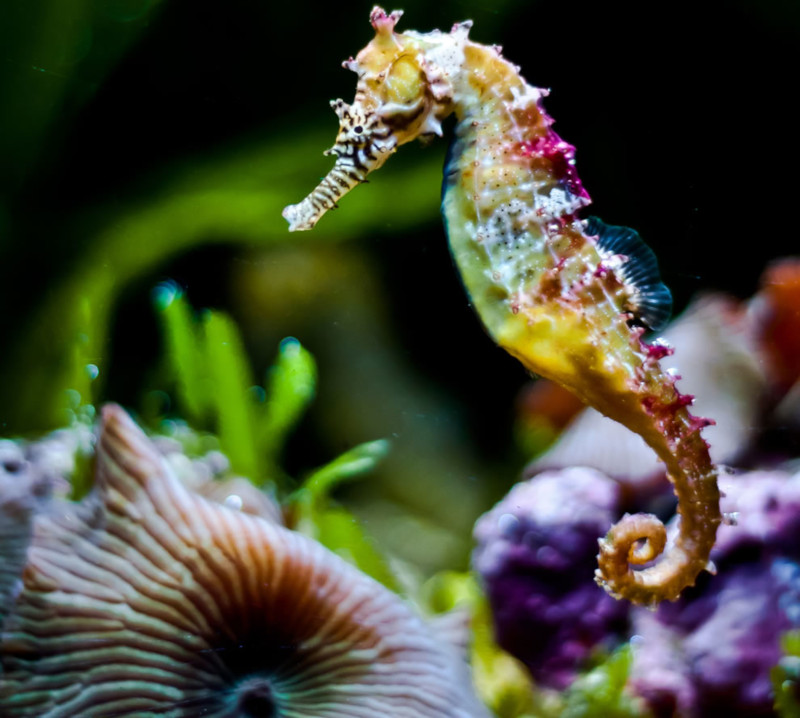
Seahorse

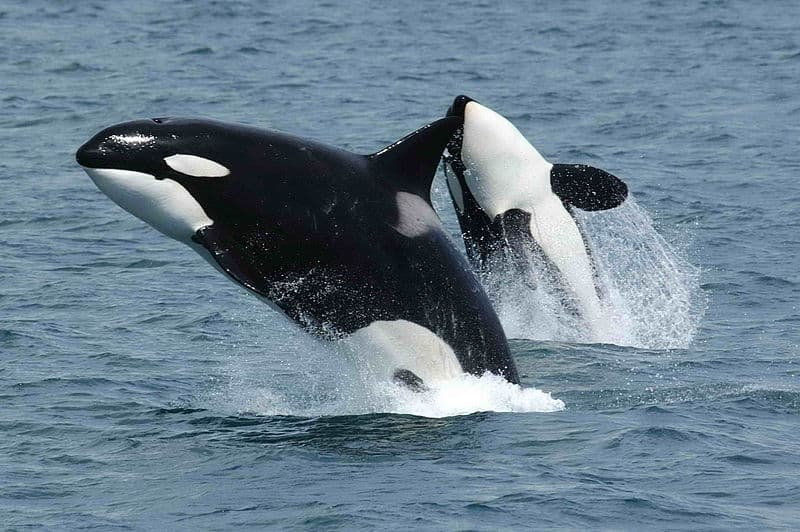
Check out our other articles on 5 Completely Unique Volcanoes, Crowned Eagle, Jade Vine, Red Panda, Brazilian Wandering Spider, Vietnamese Mossy Frog, Kings Canyon, Gila Monster









Leave a Reply